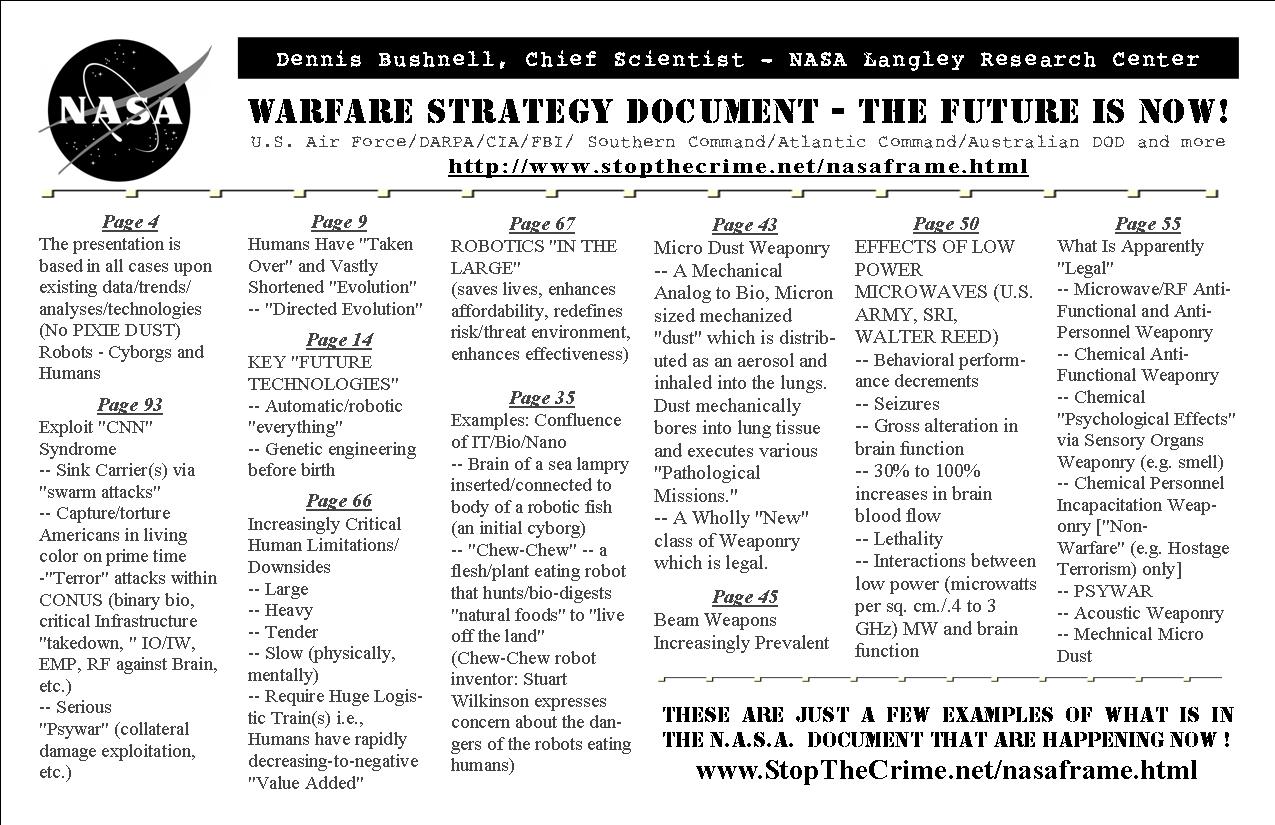
Several successive campaigns could be launched with the long-term objective of disrupting entire societies or alliances, by seeding doubts about governance, subverting democratic processes, triggering civil disturbances, or instigating separatist movements.Ī paper copy of your favorite newspaper does not know what news items you prefer to read. A single campaign could focus on the limited aim of preventing a military manoeuver from taking place as planned, or to force the alteration of a specific public policy. Or they can be strategic, with campaigns launched over the course of decades. The aims of cognitive warfare can be limited, with short time horizons.

An opponent could conceivably subdue a society without resorting to outright force or coercion. In its extreme form, it has the potential to fracture and fragment an entire society, so that it no longer has the collective will to resist an adversary’s intentions. Waged successfully, it shapes and influences individual and group beliefs and behaviours to favour an aggressor’s tactical or strategic objectives. The aim is to change not only what people think, but how they think and act. The article’s conclusion is that air power remains fundamental to the British way of war in post-Cold War conflict, as it has since the First World War.In cognitive warfare, the human mind becomes the battlefield. The article concludes by contending the intervention in Libya is an example of liberal militarism and continuation of the British way of war. The third section critically analyses the argument deployed before the SDSR that unitary, land-centric conflict would predominate and therefore Britain’s armed forces needed rebalancing. The article then questions the notion that air power has limited utility in counter-insurgency by examining Britain’s use of air power as part of a liberal militarist approach to counter-insurgency. The article starts with a synoptic examination of the utility of air power in what David Edgerton has called liberal militarism, enabling Britain to avoid bloody and expensive land conflict by using economic, technical and industrial superiority. "This article seeks to add to the post-Cold War character of conflict debate by putting air power, its attractiveness to liberal democracies and the subsequent British way of war, in both conventional war and counter-insurgency, into historical context. Finally, the study suggests that a strictly strategic employment maturity, in view of the participation not only of the air force at the strategic level but also of the Land Force at the operational and tactical level in the recent fighting, the capacity of the Army Aviation means to provide the necessary support to the surface troops, thus reinforcing the capabilities of the Ground Force.

It is suggested the potential of organizational innovation, influencing the restructuring and the business model of the Land Force. With a qualitative bias, the research method used was the deductive and bibliographical basis, supported by content analysis, proposing a reflection on Air Power, essentially, it seeks to broaden the horizon regarding the propositions of Douhet, Mitchell, Seversky and Warden, demonstrating Army Aviation action at the operational and tactical levels. This is a reflection on the application of Air Power, particularly with the Land Force, addressing its ability to conduct modern combat and guarantee success in war, due to the flexibility of air assets.


 0 kommentar(er)
0 kommentar(er)
